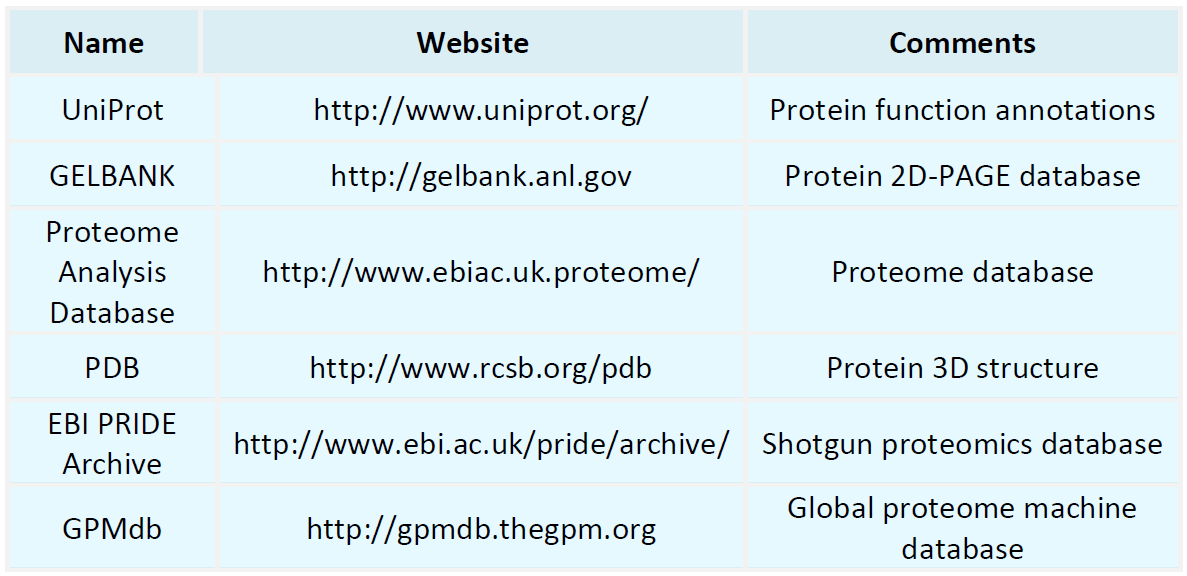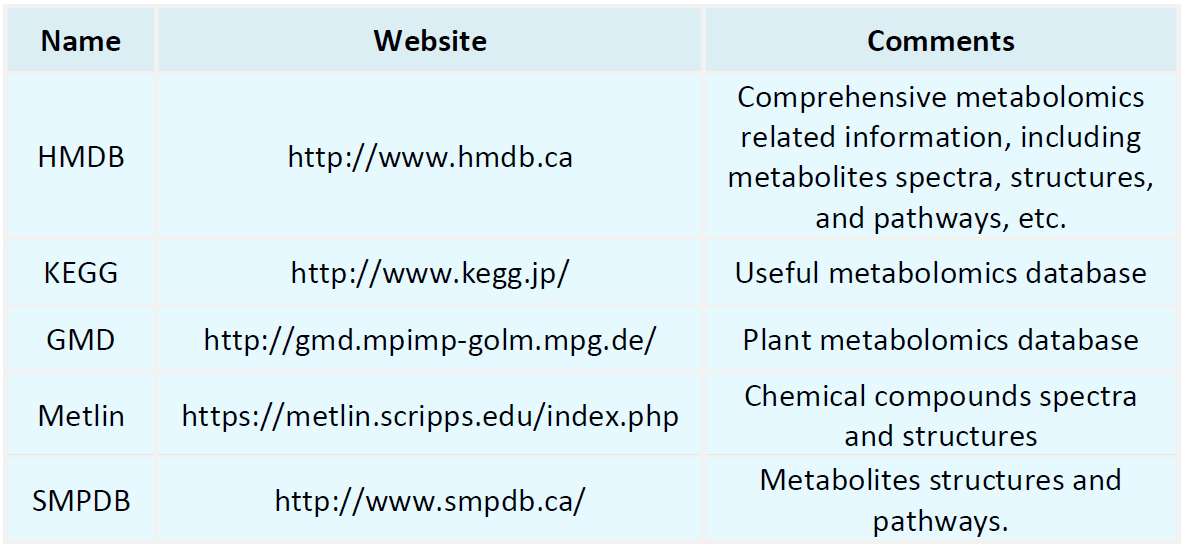Resources
Proteomics Databases

Metabolomics Databases

-
• Overview of Targeted Proteomics: Methods, Techniques, Key Points, and Applications
With the increasing emphasis on precision, quantification, and clinical translation in life science research, Targeted Proteomics has emerged as a pivotal tool for advancing proteomic discoveries into clinical applications. Characterized by high sensitivity, high reproducibility, and high specificity, this approach serves as a vital link between omics-based findings and practical implementation. It is particularly well-suited for applications such as biomarker validation, pharmacodynamic studies, immune....
-
• MRM Targeted Quantitative Proteomics for Evaluating PROTAC Efficacy
PROTAC: A New Drug Paradigm from “Inhibition” to “Degradation” Unlike conventional small-molecule inhibitors, PROTACs (Proteolysis Targeting Chimeras) induce the degradation of target proteins by recruiting E3 ubiquitin ligases to catalyze the ubiquitination of these proteins, thereby directing them to proteasomal degradation within the cell. This degradation-based mechanism—“removal” rather than “inhibition”—offers a transformative strategy for targeting proteins traditionally considered undruggable.......
-
• Applications of Targeted Proteomics in Clinical Diagnosis and Cancer Therapy
Targeted proteomics is emerging as an increasingly important tool in clinical research and the study of disease mechanisms. Compared with traditional immunological protein detection methods (such as ELISA and Western blot), mass spectrometry-based targeted proteomics offers superior specificity, sensitivity, and reproducibility. It enables the accurate quantification of specific proteins within complex biological matrices—such as plasma, urine, and tissues—thus providing critical support for biomarker......
-
• Can Full-Length Protein Sequencing Detect Post-Translational Modifications
Post-translational modifications (PTMs) of proteins represent one of the central mechanisms underlying protein diversity and functional regulation. Modifications such as phosphorylation, acetylation, glycosylation, hydroxylation, and ubiquitination play essential roles in signal transduction, immune modulation, and metabolic control. With the rapid advancement of full-length protein sequencing technologies and associated de novo interpretation algorithms, increasing attention has been directed toward a.....
-
• How to Improve Protein Sequencing Accuracy with Edman Degradation
With the rapid advancement of proteomics, mass spectrometry has become the dominant method for protein sequencing. Nevertheless, Edman degradation remains one of the most direct and precise techniques for obtaining N-terminal sequence information. It holds unique advantages in applications such as antibody validation, novel protein identification, and determination of translation initiation sites. To fully harness the high-resolution potential of Edman degradation, researchers must rigorously manage........
-
• 4 Effective Edman Degradation Tips to Improve Protein Analysis Accuracy
Edman degradation has remained a cornerstone technique for N-terminal protein sequencing since its introduction in the 1950s. It continues to play a pivotal role in studies of protein function, identification of novel proteins, and antibody validation. While modern mass spectrometry techniques have become prevalent in proteomics, Edman degradation retains unique advantages in precisely determining the N-terminal amino acid sequence. However, its effectiveness is highly contingent upon meticulous.........
-
• How to Achieve High-Efficiency Protein Sequence Analysis with Edman Sequencing? A Lab Guide
Edman degradation is a classical and highly specific technique for protein N-terminal sequence analysis, which continues to play a pivotal role in structural proteomics, antibody engineering, and biopharmaceutical research. Although high-resolution mass spectrometry technologies have advanced rapidly, Edman degradation retains unique, irreplaceable value in specific applications due to its ability to sequentially resolve N-terminal amino acids. This article provides a comprehensive laboratory guide on......
-
• Principle, Advantages and Disadvantages of Edman Sequencing
Edman sequencing is a chemical method that sequentially analyzes the N-terminal amino acid sequence of proteins and is widely used in the investigation of protein primary structure. Although modern mass spectrometry techniques have become the dominant tools in proteomics, Edman sequencing maintains distinct advantages in specific research contexts due to its high specificity and ability to directly determine amino acid sequences. This paper systematically outlines the fundamental principle, as well as the..
-
• Struggling with N-Terminal Protein Sequencing? 2 Common Issues and How to Fix Them!
In proteomics, N-terminal protein sequencing plays a critical role in elucidating the initiation sites of proteins, post-translational modifications (PTMs), signal peptide cleavage, and protein degradation pathways. However, a frequent technical challenge encountered by researchers is the inability to detect the N-terminal protein using standard methods. This article explores the mechanistic basis of two major technical bottlenecks in N-terminal protein sequencing and presents practical solutions to .......
-
• Edman Sequencing vs. Mass Spectrometry: A Comparison of Protein Sequencing Techniques II
Proteins, as central functional molecules within cells, carry amino acid sequence information that not only elucidates their structure and function but also underpins various applications such as biomarker discovery, antibody characterization, and vaccine development. As a fundamental technique for deciphering amino acid composition and sequence, protein sequencing has evolved over several decades into two dominant methodologies: Edman sequencing and Mass Spectrometry (MS). What are the unique advantages...
How to order?







